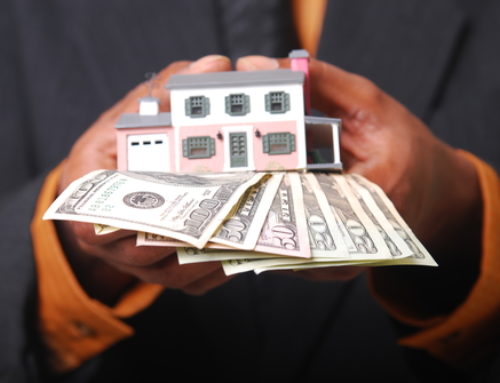One of the most important decisions to make when purchasing a home is the type of mortgage to obtain.
A fixed-rate mortgage is one where the interest rate remains the same throughout the entire life of the loan until it is fully paid off.
An adjustable- or variable-rate mortgage is one where the interest rate changes periodically. Some of them have the interest rate change each year; others change every three (3) years, every five (5) years, or every seven (7) years.
Some of the adjustable or variable-rate mortgages have “floors” and “ceilings” which limit the amount the interest rate increases or decreases each period, as well as limiting the amount the interest rate increases or decreases for the life of the loan, which gives the borrower the assurance that the interest rate will never exceed the maximum set forth in the mortgage.
Fixed-rate mortgages typically have a much higher interest rate because the lender is guaranteeing the rate for the life of the loan and taking the risk that interest rates will go up, yet most people prefer fixed-rate mortgages.
The reason most people prefer fixed-rate mortgages is the fear that an adjustable-rate mortgage will result in the interest rate increasing to the point that the borrower can no longer afford to make their mortgage payment. Since the interest portion of the payment comprises most of it, a substantial rise in the interest rate will cause a corresponding substantial increase in the monthly mortgage payment. This risk means that the amount of the required mortgage payment could become so large that it is no longer affordable. This is one that most home purchasers are simply afraid to take and are wise to avoid.
The risk of obtaining a fixed-rate mortgage is very different, meaning that if current market rates decrease, the mortgage’s interest rate and the fixed monthly payment will remain the same and be far greater than if the mortgage’s interest rate were adjusted to current market rates. While the fixed rate mortgage can be refinanced to obtain the current lower interest rate, there will be closing costs incurred in doing so, which will often exceed the benefit of the reduced interest rate.
While the interest rate of a fixed-rate mortgage remains the same by definition, the interest rate of an adjustable-rate mortgage changes. The new interest rate of an adjustable-rate mortgage is calculated based upon one of the more common indexes, such as the One Year Constant Maturity Treasury index, the Cost of Funds index, and the London Interbank Offered Rate index, often referred to as LIBOR, all of which are beyond the control of the lender. The new interest rate is calculated by adding the amount specified in the adjustable-rate mortgage to the index, which is also specified in the adjustable rate mortgage. (e.g., LIBOR plus 2%, which means the new rate will be 2% greater than the current LIBOR interest rate).
One of the most important considerations when deciding between these two (2) types of mortgages is the length of time you expect to remain in the home. If you plan on selling the home within five (5) years, you may consider obtaining an adjustable-rate mortgage that will not change for five (5) years, and reap the benefit of the lower rate without the risk of it increasing, since you expect to pay it in full prior to the change in interest rate. If, on the other hand, you expect to live in the house for many years, you may want to select a fixed-rate mortgage and avoid the risk of rates increasing.
Neither of these mortgages is “better” than the other, but which one will be best for a particular home purchaser will depend on their individual circumstances. Accordingly, it is recommended that purchasers consult with an experienced real estate attorney or financial professional before making this important decision.
Which type of mortgage would you choose?





